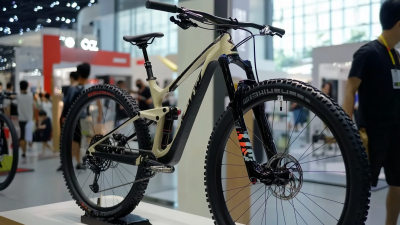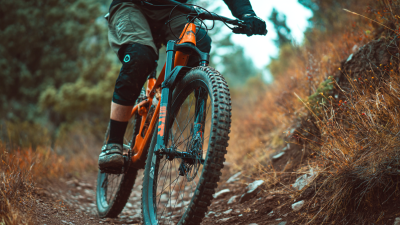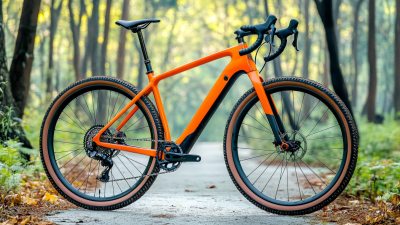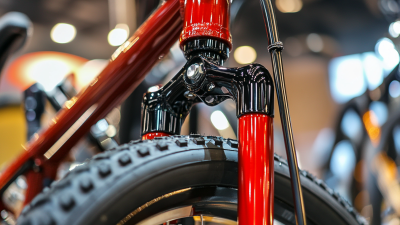When it comes to mountain biking, the choice of MTB front suspension can significantly impact your riding experience, performance, and comfort. Whether you’re a beginner navigating your first trails or a seasoned rider tackling challenging terrains, understanding the various types of front suspensions available is crucial. This comprehensive guide will explore the different styles, technologies, and features of MTB front suspension systems, helping you make an informed decision tailored to your riding style and preferences.

We’ll address the fundamental aspects such as travel, damping, and adjustability, ensuring you grasp the essential elements that contribute to a smooth and controlled ride. With the right MTB front suspension, you can enhance your confidence on the trails and improve your overall biking experience.
When it comes to mountain biking (MTB), the significance of front suspension cannot be overstated. A well-designed front suspension system is crucial for enhancing your riding experience, as it significantly contributes to shock absorption on rough terrain, improving both comfort and control. Riders who tackle rocky trails or steep descents benefit greatly from responsive suspension, as it enables the bike to adapt to varied surfaces, allowing for a smoother ride.
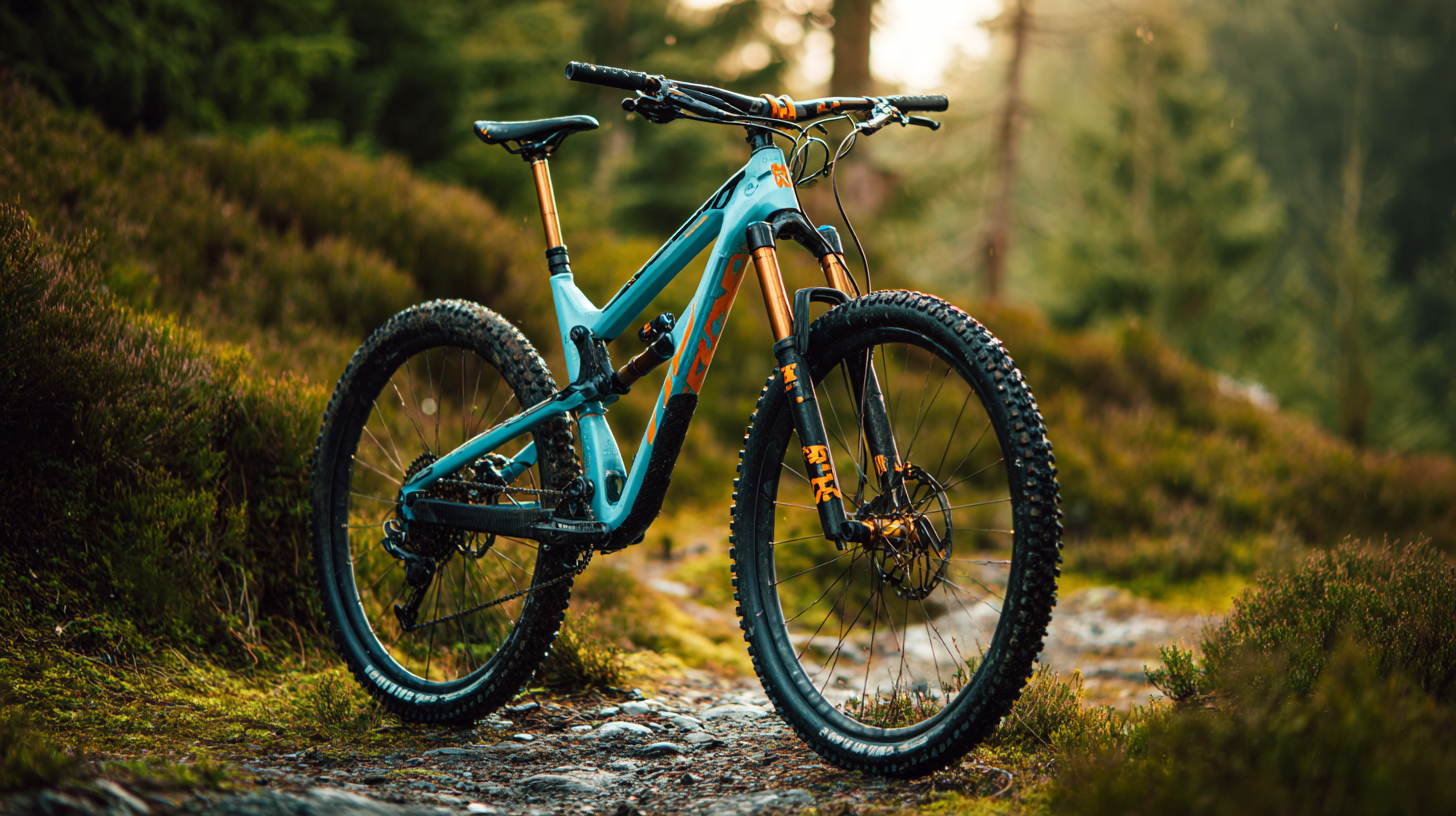
Moreover, the right front suspension also aids in stability and balance, especially in technical sections of the trail. For beginners, understanding the mechanics of front suspension can help in choosing a bike that suits their riding style and preferences. An effective suspension system can make all the difference when executing sharp turns or navigating obstacles, making it essential knowledge for every MTB rider, regardless of skill level.
When selecting the ideal front suspension for your mountain bike, several key features must be considered to ensure an optimal riding experience. Firstly, the amount of travel is crucial. This refers to how far the suspension forks can compress when hitting an obstacle. Mountain bikes typically range from 80mm to over 200mm of travel, and choosing the right amount depends on your riding style. Cross-country riders may prefer less travel for efficiency, while downhill enthusiasts benefit from longer travel to absorb bigger bumps and drops.
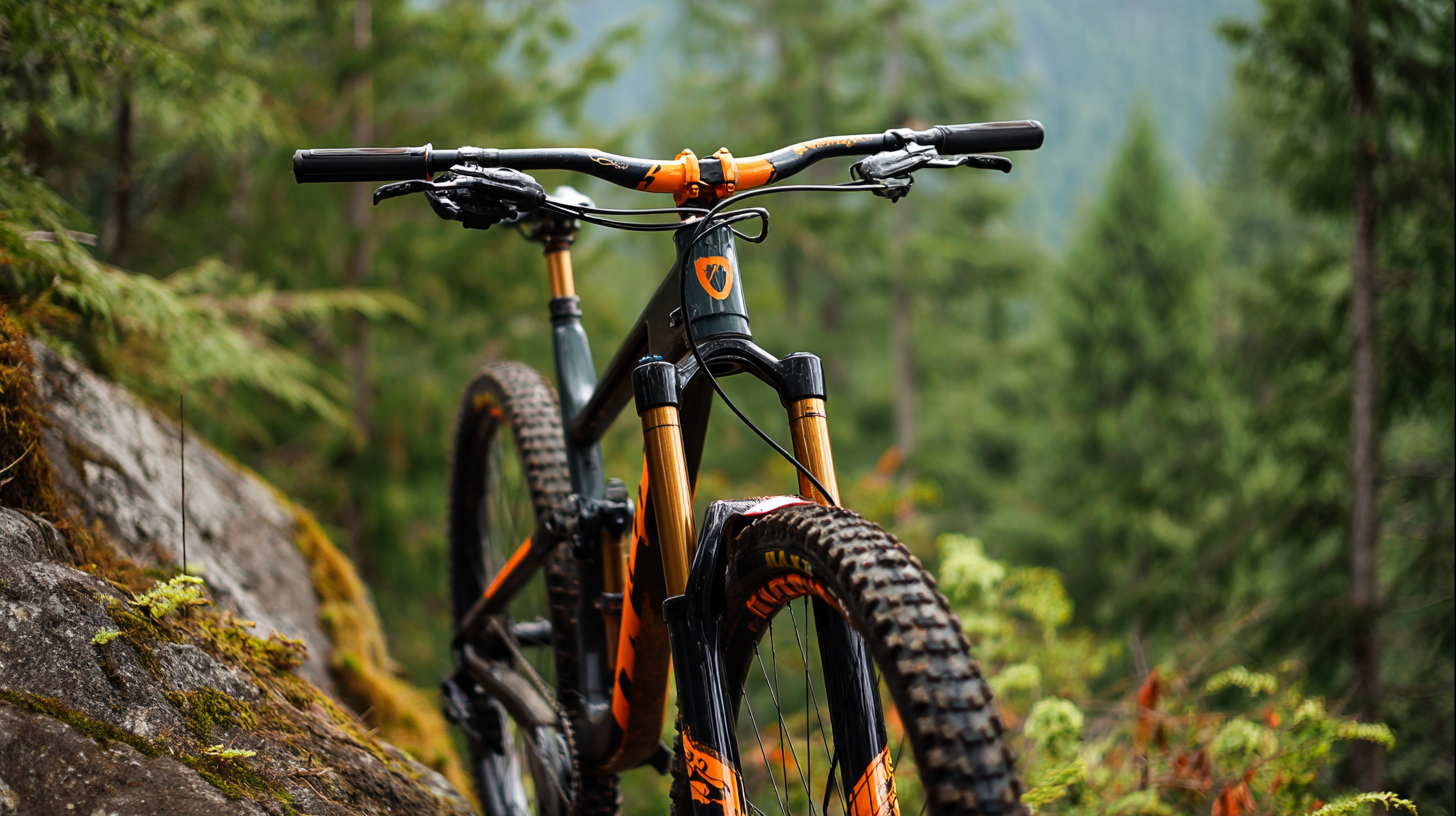
Another important feature is the type of suspension system, which typically falls into two categories: air and coil. Air suspensions are lighter and offer easy adjustability, making them favorable for many riders. On the other hand, coil suspensions are revered for their reliability and consistent performance under varying conditions.
Additionally, the adjustability of rebound and compression settings allows riders to customize their suspension according to terrain and personal preferences, enhancing overall control and comfort. Selecting the right suspension system is essential in tailoring the bike to your specific needs and enhancing your riding performance on challenging trails.
When it comes to mountain biking, the front suspension you choose can significantly affect your ride experience. There are primarily three types of front suspension systems: hardtail, softtail, and full suspension. According to a recent industry report from the International Mountain Bicycling Association (IMBA), approximately 32% of mountain bikers prefer hardtail bikes for their simplicity and lightweight design. Hardtails excel in climbing and are an excellent choice for cross-country riding, offering efficient power transfer and lower maintenance costs.
On the other hand, full suspension systems have gained popularity among riders seeking enhanced comfort and control on rugged terrains. A study by the Bicycle Product Suppliers Association (BPSA) indicates that full suspension bikes account for nearly 45% of the mountain bike market, highlighting their effectiveness in absorbing shocks and improving traction. These systems consist of two shock absorbers—one in the front and one in the rear—providing better handling on rough trails. Softtail bikes, which combine characteristics of both hardtail and full suspension bikes, cater to riders looking for a balance between weight and shock absorption, making them a versatile option.
Selecting the right type of front suspension ultimately depends on your riding style and the terrain you frequent. Whether opting for the lightweight efficiency of hardtails, the smooth handling of full suspensions, or the mixed benefits of softtails, understanding the unique advantages of each suspension type will help you make an informed decision.
When it comes to optimizing your mountain bike's performance, understanding how to adjust your front suspension is key. Proper suspension tuning can greatly enhance your riding experience, allowing for better traction, control, and comfort on various terrains. Start by evaluating your current setup: are you experiencing excessive bounce, or does the bike feel too stiff? These indicators will help guide your adjustments.
Begin with sag settings, which refer to how much the suspension compresses under your weight. A common recommendation is to aim for about 25-30% sag of the total travel for your front fork. To achieve this, use a suspension pump to adjust the air pressure or preload settings. Once you're satisfied with the sag, test the compression and rebound settings. A well-tuned front suspension should respond smoothly to both impacts and rider input, allowing for a more controlled descent and a safer ride. Remember, each rider's preferences will differ, so take time to experiment until you find the sweet spot that works best for you.
When selecting the right front suspension for your mountain bike, avoiding common mistakes can significantly enhance your riding experience. One prevalent error is neglecting to consider your specific riding style. Whether you're a casual trail rider or a competitive downhill racer, the suspension setup will vary greatly based on your needs. Some riders may overlook the importance of weight and height adjustments; adequate tuning can make a substantial difference in performance and comfort.
Another crucial mistake is being swayed too heavily by brand loyalty or trends without understanding the technical specifications that genuinely suit your bike and riding habits. It’s essential to assess factors like travel distance, spring rate, and damping characteristics rather than solely relying on popular brands. Finally, many cyclists forget to test different suspensions before making a purchase. Hands-on experience can reveal how different setups affect handling and responsiveness, ensuring you make a well-informed decision for an optimal ride.
